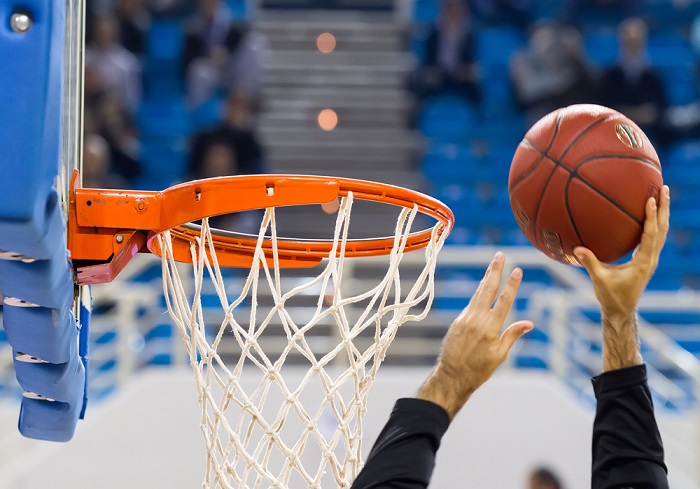
Unless they do something egregiously wrong, professional sports — and the merchandising engines attached to their brands — usually enjoy the full profitable support of the local public. Even during stretches of below-.500 seasons, all it takes is some hard work by the players and a few gestures of goodwill from the front office to convince fans that despite the numbers in the win-loss column, everything is A-OK.
Or, like Robert Sarver, owner of the National Basketball Association’s Phoenix Suns, you could pick a fight with one of your largest consumer demographics to cap off a disappointing season on the court.
Second to last in their conference and with more than twice as many losses as wins, the Phoenix Suns are the opposite of the cream of the crop in the NBA. With just about half the season left to play, it doesn’t look like the Suns and Sarver will get close enough to even smell the postseason, but instead of taking his licks, Sarver instead told the Arizona Republic that a big reason why his team filled with young players can’t push through the rough patches of their season is not because of talent, experience or competition, but because of millennials.
“My whole view of the millennial culture is that they have a tough time dealing with setbacks, and Markieff Morris is the perfect example,” Sarver said, referencing Morris, whose brother was traded away from the Suns earlier in the season. “He had a setback with his brother in the offseason and he can’t seem to recover from it. I’m not sure if it’s the technology or the instant gratification of being online. But the other thing is, I’m not a fan of social media. I tell my kids it’s like Fantasy Land. The only thing people put online are good things that happen to them, or things they make up. And it creates unrealistic expectations. We’ve had a number of setbacks this year that have taken their toll on us, and we haven’t been resilient.”
It’s a bold move for Sarver to call out the millennial culture when 10 players on his team’s 15-man roster are 26 years old or younger. However, it’s an even bolder (read: stranger) move to deride the younger generation when the NBA has the largest contingent of fans between 18 and 34 years old among the four major professional U.S. sports, according to The Atlantic.
If Sarver’s comments sound tone-deaf in the guise of common sense marketing, they also sit in stark contrast to a league-wide philosophy of embracing new trends and emerging fan preferences, such as player availability on social media channels. Instead of restrictive policies that prohibit football or baseball players from responding to fans on Twitter or Facebook, Darren Rovell, a reporter for ESPN, told The Washington Post that a millennial-centric culture is a large reason why the NBA has one of the strongest presences in the daily lives of sports-loving 18- to 34-year-olds across the U.S.
“Young basketball stars today are ingrained in culture and fashions and life in a way that the stars from other sports here are not,” Rovell said. “People talk about Russell Westbrook’s glasses and Dwyane Wade’s shoes. When you look at the numbers in terms of most Twitter and Instagram followers, the NBA blows other sports away.”
While Sarver might point the finger at an amorphously defined concept like millennial culture to explain his team’s troubles on the court, it’s clear that as far as Sarver’s bank account is concerned, he has millennials and other forward-thinking owners and league officials to thank for establishing a lucrative and long-term relationship that’ll keep jerseys flying off shelves for years to come.